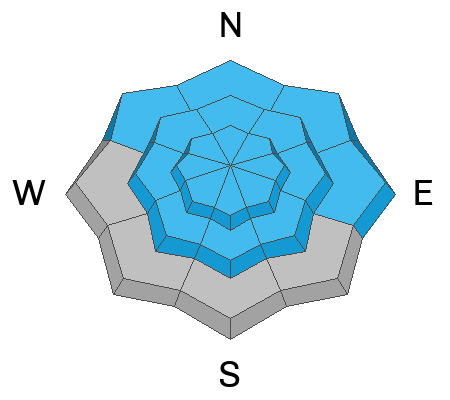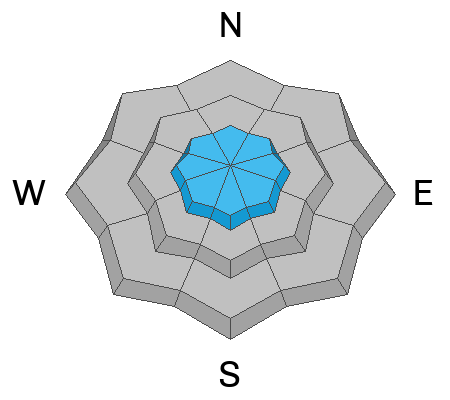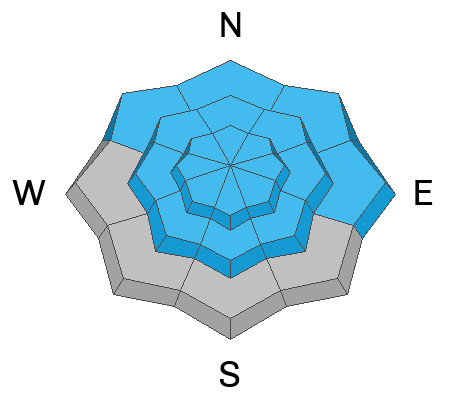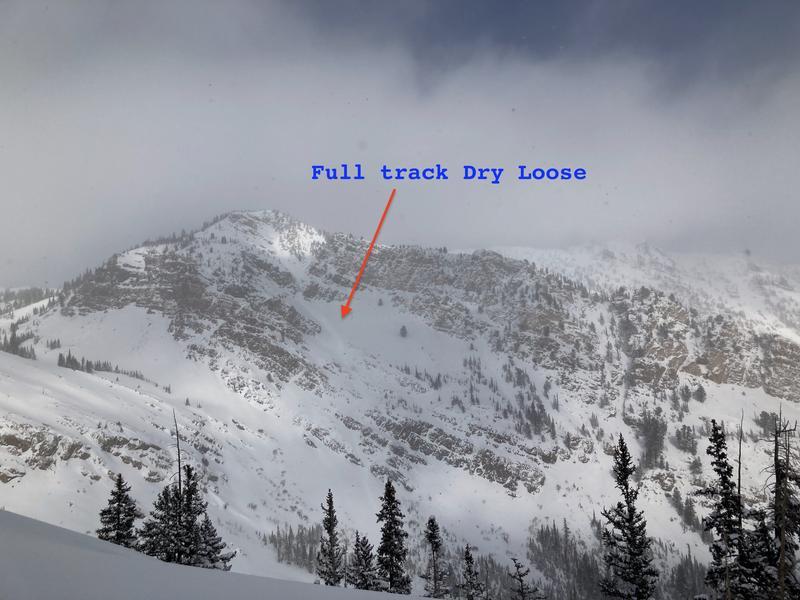Forecast for the Provo Area Mountains

Issued by Nikki Champion on
Thursday morning, December 15, 2022
Thursday morning, December 15, 2022
The avalanche danger is CONSIDERABLE on all upper-elevation aspects and mid and lower-elevation aspects facing northwest through east where natural and human-triggered avalanches may break 2-5' deep and 200' wide, failing on a persistent weak layer of faceted snow. The avalanche danger is MODERATE on west-south-southeast aspects.
Dangerous avalanche conditions exist! The north-facing slopes that are harboring old weak faceted snow surfaces are not to be messed with.
HEADS UP - The recent avalanche accidents we have been seeing on the northern end of the compass at the mid and lower-elevation bands is a huge red flag. These elevation bands are especially dangerous right now, and slopes can be triggered remotely, or from below. There is enough snow above summer hiking trails where people could easily get caught and buried in terrain traps. Give extra caution to the mid and lower elevation bands today.

Low
Moderate
Considerable
High
Extreme
Learn how to read the forecast here










